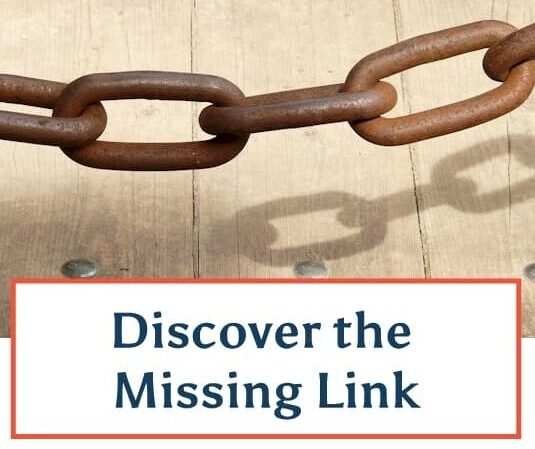Whether we’re in a recession or not, the economy surely seems shaky right now. Some countries are officially in a recession and some countries show signs of heading there in the next 12 months. Some industries are struggling while others are flourishing.
When things take an economic downturn, how will you handle it for your business?
Now is the time to think strategically.
Hasty decisions often lead to poor decisions for the long-term health of your business. According to Wikipedia, there have been dozens of cycles of expansion and contraction over the past 200 years or so; it’s the nature of economics. Sometimes recessions are short-lived (4 months) while others last several years. If you lived through the Great Recession which began in 2008, you know the recession officially ended 18 months later, but the economic fallout lasted for many, many years after the recession had officially ended.
Knowing that a recession is bound to occur during the life of your business, now is the time to think strategically about how you’ll handle it. Don’t wait until things go sour; that will only lead to panic-based changes that could ultimately harm the long-term growth of your business.
Here are some tips on dealing with a recession for your business:
-
Cut costs, but only if it won’t harm you later. The first thing business owners think is that they must cut their expenses. But don’t cut costs or decrease prices now, if it will hamper your business later. Ask yourself: once the economy picks up again, will the expense I’m cutting or the price I’m reducing put me in a worse situation when things pick up again? Learn what not to do, from Pizza Hut’s pricing mistakes in 2008.
-
Think sub-contractors. If you have employees, consider turning them into sub-contractors. This will help you avoid paying additional employment taxes and benefits. However, the IRS or your country’s taxing authority can be very strict about the definition of an employee versus a sub-contractor (they call them ‘independent contractors’), so check their rules. This might be an alternative to laying off your staff.
-
Get out there and shine. This seems counter-intuitive, but now may be the time to increase your marketing; hard economic times may cause your competition to disappear, leaving the field wide open for you. Often businesses cut back on ad spending, which means the cost of ads decreases because the demand for ad space has declined. Right now might be one of the cheapest times to advertise in places like Google Ads or social media sites.
-
Take the long view. Remember, marketing is a marathon, not a sprint. You should have been doing (and keep doing) marketing every month, month in and month out, not stopping and starting on a whim. What marketing can you stick with that’s cost-effective and gives you a positive return on investment? (Don’t know? Now is the time to do the math and determine which marketing techniques have performed the strongest for your business.)
-
Choose your marketing techniques wisely. You should have been keeping a history of which techniques bring you the most business. If you haven’t done this yet, no worries: just grab the numbers from the past 12 months and do an analysis. Reduce or eliminate those marketing techniques that aren’t paying off for you, or fix them so that they do increase leads and sales. If you can’t do face-to-face marketing any longer because of the coronavirus, move to online marketing techniques. If your industry is moving back to in-person events, shift some of your marketing efforts.
-
Renovate your marketing tools. For those marketing techniques that are working for you, this might be the time to revamp your marketing tools. Does your website or brochure need a facelift? Do you need to offer some new freebies to entice people to look more closely at your products or services? Do you need to change your copywriting? Or change your sales conversations when you are selling to your customers and closing the deal?
-
Automate wherever you can. Find ways to automate any tasks to reduce the workload on yourself and your staff. What have you been doing manually that a computer system can do for you? Take a look at all your daily tasks and see if there is a computer solution to these time-wasters. Then you and your team can spend that time on other tasks, or reduce the work hours of your team, thereby saving you money.
-
Spend your time on what really matters. You are the CEO and leader of your business, whether you are a solopreneur or have a team of 25 working for you. What’s your time worth? Consider hiring a virtual assistant or a technology consultant to help you with routine administrative, marketing and website tasks, so that you can use all your time to focus on marketing and delivering your product or service. Decide on the tasks that you are best at, ones that will directly increase your income, and delegate the rest. If you can earn more per hour than it costs you to hire help, then it’s a good use of your time and money to delegate tasks.
-
Make do and mend. Because raw materials were in short supply during World War II, people were encouraged to “make do and mend” an item instead of simply replacing it. Consider your own expenditures and items that might be hard to acquire over the next few months or years: do you really need a new computer, or could you somehow upgrade your existing one for less money? Do you need a new smartphone or can you get by with the old one for a while longer?
-
Reduce inventories. If you sell a product, and you believe your sales are going to decrease, this might be a good idea to reduce inventories and not restock to the same level. This is a risky strategy (what if the recession only lasts 6 months?), so be sure you know exactly how long it will take to replenish inventories once the economy picks back up.
Now is the time to begin thinking about what you’ll do if the economy affects your business. It doesn’t matter if we are in a recession now or not. By their very nature, economies are cyclical, and you will face lean times and boom times in the future.
It’s important that you have a plan for dealing with all types of economic realities. And pay attention to the monthly retail sales and economic numbers for your country — it might give you a clue to the direction things are headed.

 10 Easy Things You Can Do To Start The New Year Right
10 Easy Things You Can Do To Start The New Year Right
